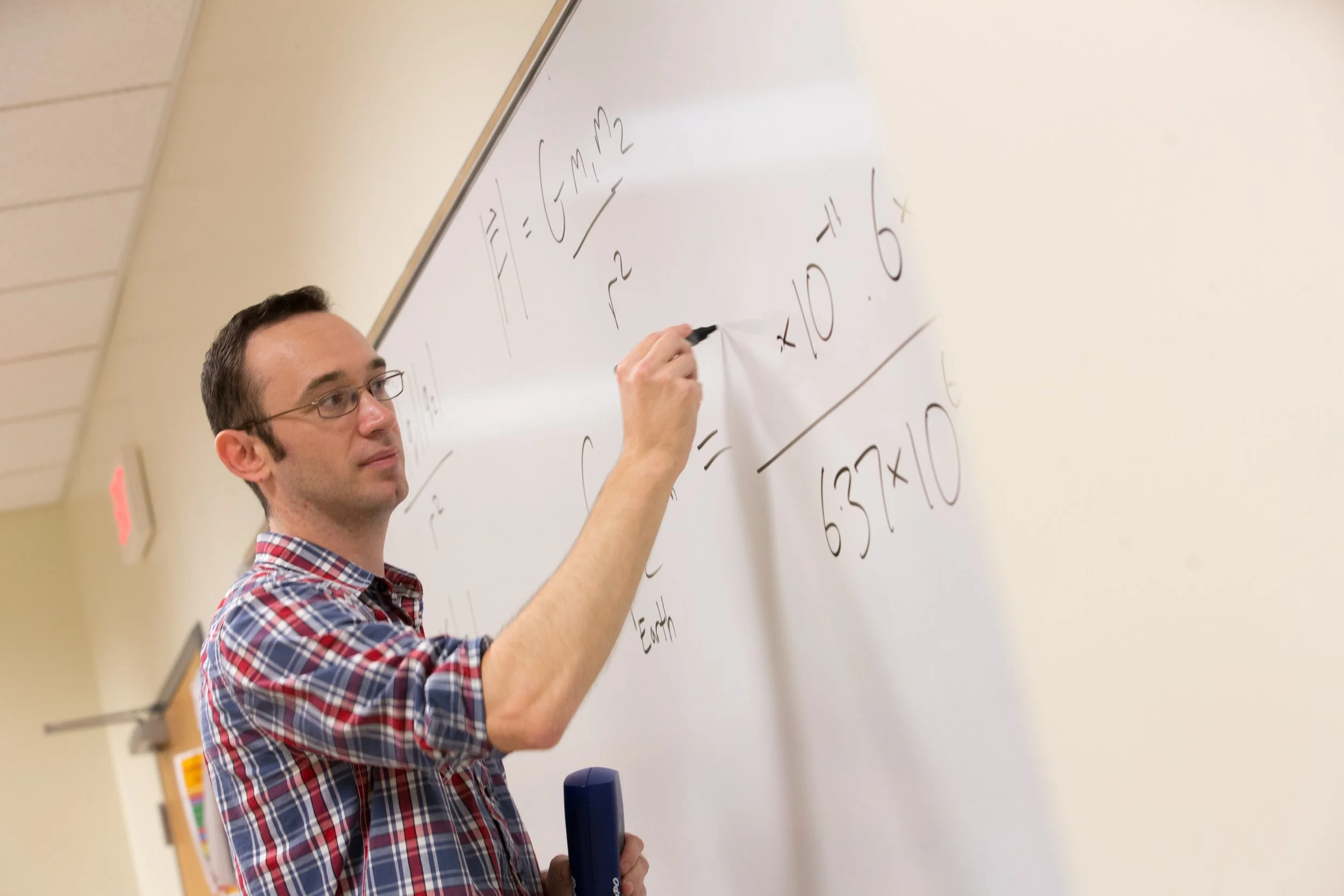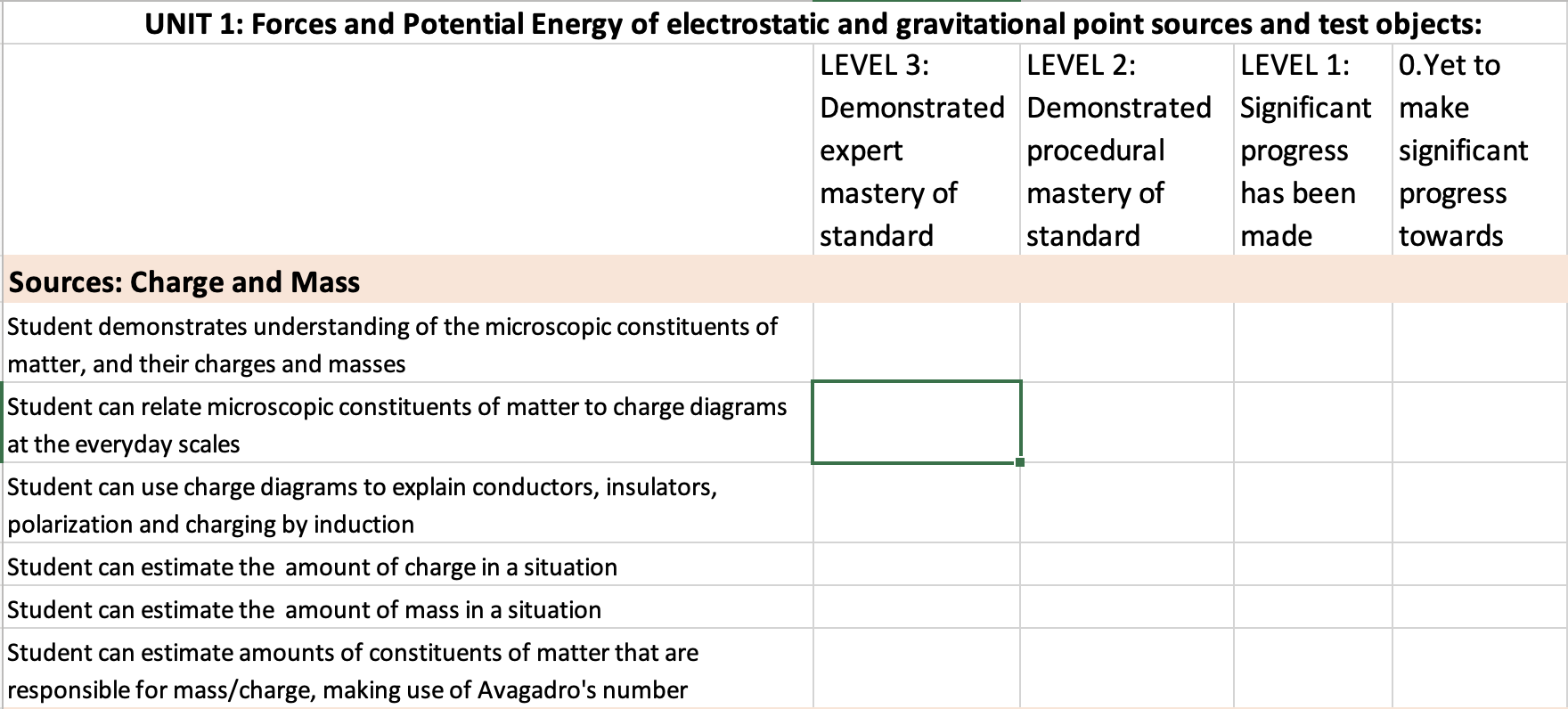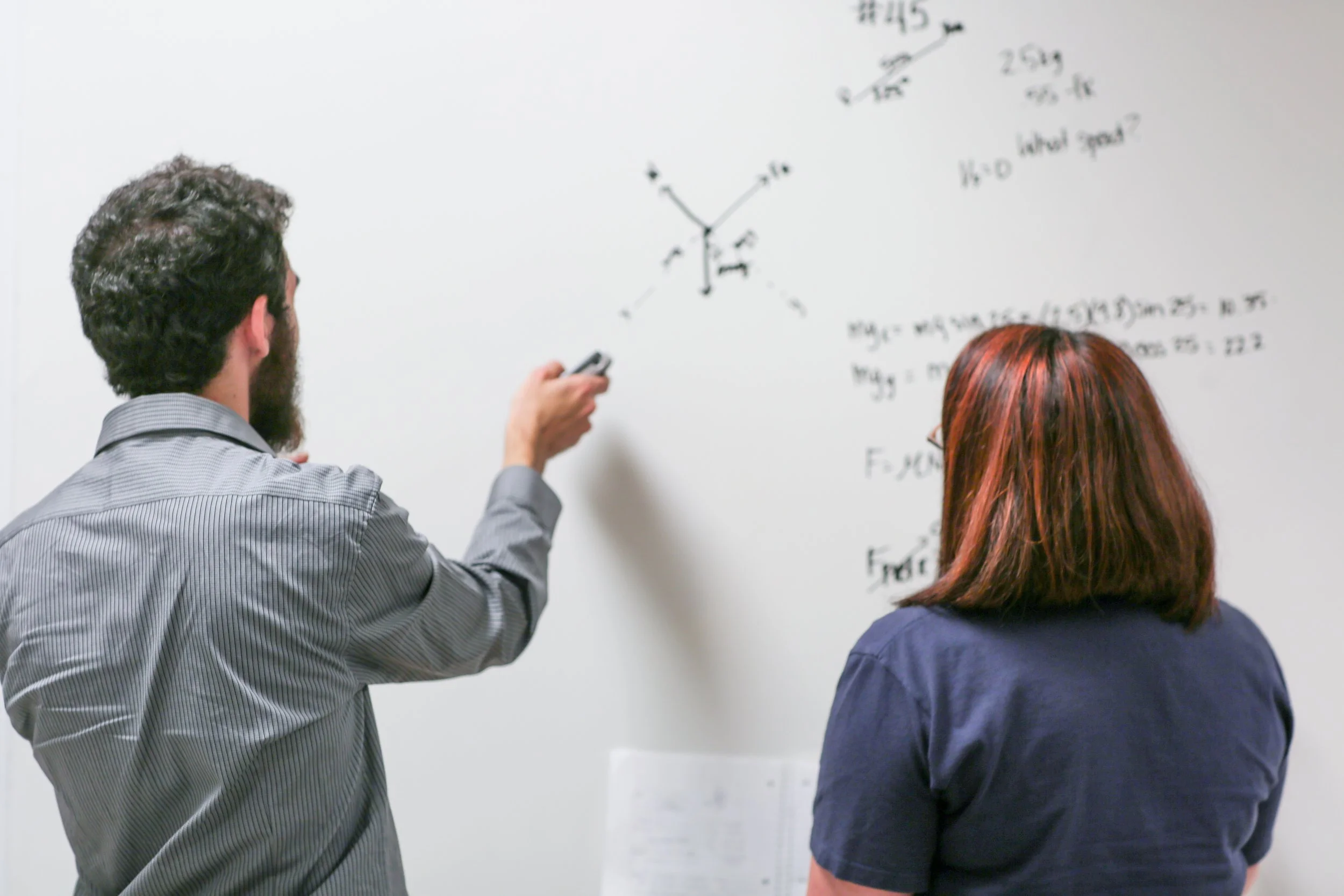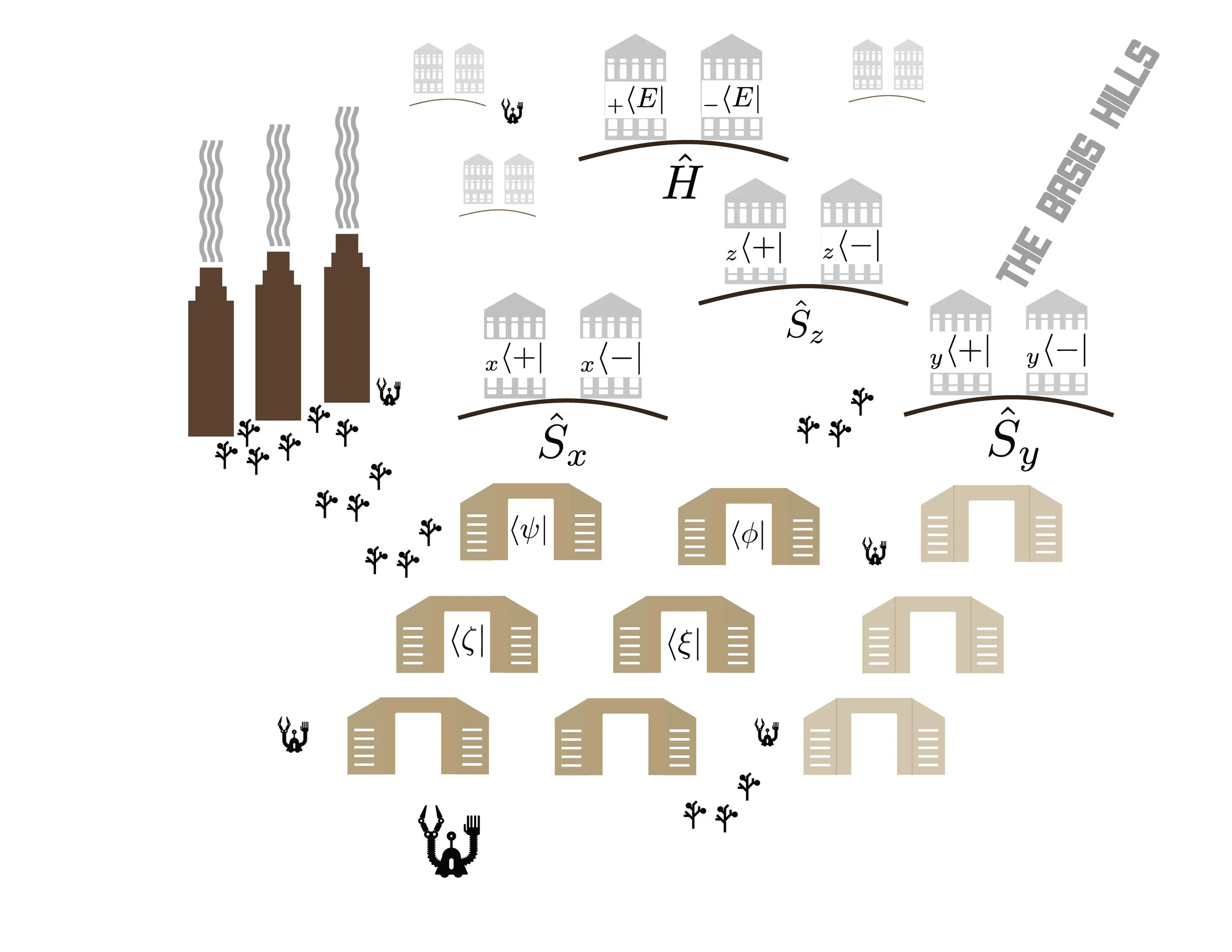Courses Taught
I teach physics to students who are going to teach in elementary and middle school; I teach high school teachers; I teach undergraduates at all levels and I teach traditional graduate classes. In total my teaching reach is K-18 (everything from elementary school to grad school)
Texas A&M University-Commerce:
Integrated Science I (Physics): (using the NEXT GEN PET curriculum); For pre-service elementary and middle school teachers
Integrated Science II (Chemistry): (using the NEXT GEN PET curriculum); For pre-service elementary and middle school teachers
Introductory Astrophysics 1201
Introductory Physics II: Electricity and Magnetism - taught in Studio Mode
Quantum Mechanics 420 - taught in Studio Mode
General Relativity 487/587
Thermodynamics 535: Analysis and Applications
Quantum Mechanics 526: Analysis and Applications
Astronomy and Astrophysics 560: Analysis and Applications
Classical Mechanics 531: Analysis and Applications
STANDARDS BASED GRADING
Homework sets are not graded directly, but are framed as the opportunities for students to show us they have mastered particular, specific, skills and pieces of content
I started moving to standards based grading, in which grading is based on students demonstrating mastery of learning outcomes - the specific skills and content that the course is designed to help students learn. The idea is to shift students view of success in the class from getting good grades through the accumulation of points on homeworks and tests, and onto mastering skills. Homeworks and tests become opportunities for students to demonstrate mastery of certain skills and topics, and rather than be penalized for not having mastered the content, they are given opportunities to reassess. This requires designing class content and questions so the emphasis is on students continually gaining feedback on their progress towards mastery. A substantial body of evidence suggests that women and underrepresented minorities do better in classes that place focus on mastering skills.
STUDIO PHYSICS
Students spend their class time working problems and tutorials and labs in front of a team of instructors and watch lecture videos outside of class.
In 2015 I instituted a studio physics mode of class structure in Introductory Electricity and Magnetism and, later, in Upper Division Quantum Mechanics. The rationale is this: as their instructor, I need to see how they are applying their knowledge to problems - what are their strategies and are they indicative of deeper conceptual understanding or just rote problem solving. In a traditional lecture class, however, students do all their work out of sight; I cannot track their development class by class, and I can’t intervene to discuss how their strategies and understanding might be improved.
Thus, studio physics sees the majority of class time devoted to students working through problems and carefully structured tutorials in groups, as I and a number of specially trained undergraduate students - learning assistants - circulate, sitting with students, observing how they work and directing their working towards the most fruitful methods. In this mode labs are integrated into the classes, so there is no separate “lecture” session and “lab” session. All of these things appear when they should, as is natural given the flow of the class.
We immediately see who is struggling, and how it is they are struggling. In this mode we directly talk with individual students every class.
I am lucky to have implemented studio physics in near-perfect conditions for this method: section sizes of around 40, meeting 3 times a week for 2 hours at a time.
I recorded my lectures and students watch them outside of class. One objection is: how do you know students are watching them? One an do things like integrate quizzes into each lecture, but the beauty of this method is we get to talk with the students every single lesson and we can tell when students are not watching lectures, discuss what might be preventing them. Students generally do end up watching all the videos.
I do still occasionally lecture, or go through example problems, where it is natural given the flow of the class, but everything I do in class is driven by how I see every student doing, in person in front of me. It is student driven.
NeXT GENERATION PHYSICS AND EVERYDAY THINKING
NGP is a curriculum designed for pre-service elementary and middle school teachers






